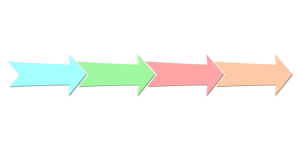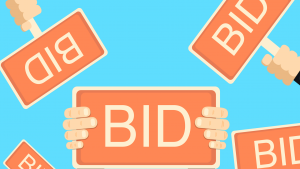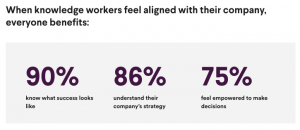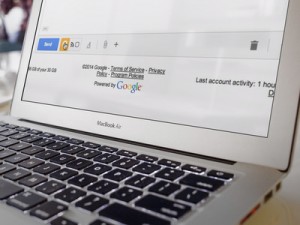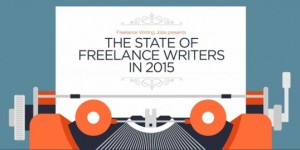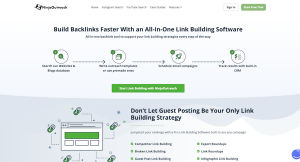If COVID-19 has affected your business, you have several options for accessing funds fast. Learn about your small business funding options for coronavirus relief.
Many small businesses are pondering their financial future in light of the coronavirus outbreak. And while there are many unknowns, a variety of small business loans are now available to help you keep the lights on through this uncertain time.
Some available loan programs are newly created and financed by the CARES Act, while others were put in place long ago for times like these. Coronavirus relief loans are primarily meant to help small businesses cover salaries, rent, and overhead.
There’s a lot of information out there about the various loan programs, and it can be overwhelming to sort through. To make things a little easier, we’ve put together a list of funding options for small businesses, including criteria for applying to each of them.
Paycheck Protection Program (PPP)
A newly created program under the Coronavirus Aid, Relief and Economic Security (CARES) Act, the Paycheck Protection Program is primarily designed to help small businesses keep employees on the payroll. The program has $ 349 billion in funding to provide forgivable loans and is administered by the SBA 7(a) loan program.
Existing SBA 7(a) lenders are already providing this loan, and additional lenders are quickly being approved to offer the loan. The program will be available until June 30th, 2020, and you can only take out one loan through this program.
Many of the usual SBA 7(a) loan program requirements are waived for the PPP. Here’s what you need to know about the Paycheck Protection Program:
- All or part of the loan can be forgiven if it is used to cover payroll and approved operating expenses for eight weeks from the date of receiving the loan.
- All payments will be deferred for the first six months after the loan is paid out. The loan will accumulate interest from day one.
- You don’t need to have any collateral.
- There is no need to have a personal guarantee.
- The interest rate is 1.00%, and repayment time is two years on any portion that is not forgiven.
The loan can be fully or partially forgiven if it’s used mostly for payroll, interest on existing loans, rent, and utilities. To qualify for loan forgiveness, you need to refrain from:
- Decreasing your full-time employee headcount.
- Reducing wages by more than 25% of annual salary for employees who made under $ 100,000 in 2019.
- Using more than 25% of the loan on other expenses.
You are allowed to reduce both headcount and wages as long as it’s done before April 26, 2020. On that condition, you have until June 30, 2020, to reverse the changes to still be eligible for the full loan forgiveness.
Learn more about the Paycheck Protection Program, and apply for this small business coronavirus relief program here.
Economic Injury Disaster Loans (EIDL)
The SBA Disaster Assistance Loan program has existed for a long time and is intended to help small businesses recover from physical and economic damage due to a disaster.
What you need to know about this program:
- You can apply for the loan regardless of your location, as all U.S. states are now declared disaster areas.
- You can receive up to $ 2 million.
- The interest rate is 3.75%.
- You can use the loan to pay for any expenses.
- The repayment period is up to 30 years.
- The loan has an automatic, one-year deferment period.
Much like the requirement for the PPP, the requirements for the EDIL have been reduced significantly. For example, when applying, you are not required to provide documents such as tax returns or financial statements.
You can apply for a COVID-19 disaster loan here.
Online Lenders
If these two programs are not an option for you, consider alternative lenders.
Like the loan options mentioned above, you can apply for loans through alternative lenders. Online lenders provide everything from SBA loans and term loans to lines of credit and equipment loans. Online lenders tend to offer a faster and more convenient application process and have more flexible lending requirements.
In the current landscape, alternative lenders may also be more accessible than traditional lenders, many of which are currently being overwhelmed with applications for coronavirus relief. New lenders are being approved to offer coronavirus relief loans daily, including online lenders.
Main Street Business Loan Program
If your business has over 500 employees, you won’t qualify for small business lending. However, the Federal Reserve is working on a program intended to help small to midsize businesses get through the COVID-19 crisis. The Main Street Business Loan Program was announced on March 23, but the details are still being determined.
How Fast Can You Get Funding and Loan Forgiveness for Your Small Business?
How fast your business will have access to the funds will depend on the program you apply to, and the lender you choose. Lenders that participate in the PPP and the EIDL may have their own requirements; for example, they may require an online application, or only consider applications from existing customers with an existing loan.
If your primary bank relationship cannot help you with financing, you can apply for SBA programs to reach other lenders. Either way, you can prepare for the application process by preparing your 2019 and 2020 payroll expenses.
When it comes to loan forgiveness with the PPP program, you can apply eight weeks after the loan is made. During those eight weeks, you will need to track your payroll, mortgage interest, rent, and utility costs.
This article was originally published on the author’s blog and was reprinted with permission.
Business & Finance Articles on Business 2 Community
(45)
